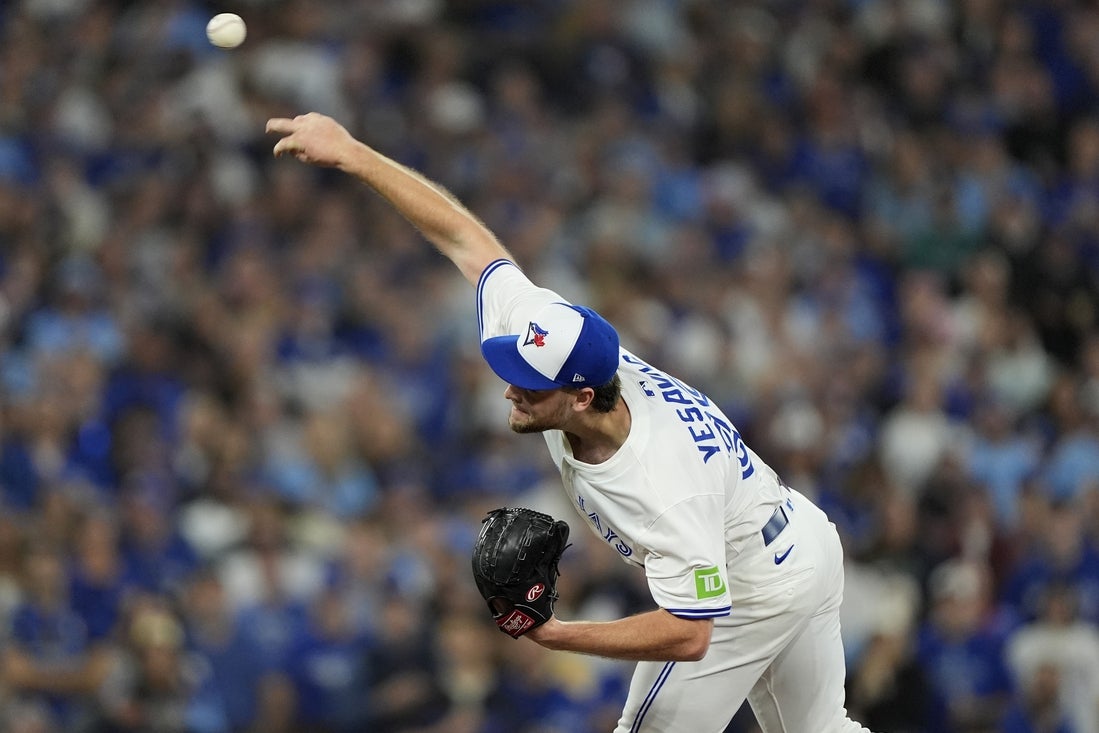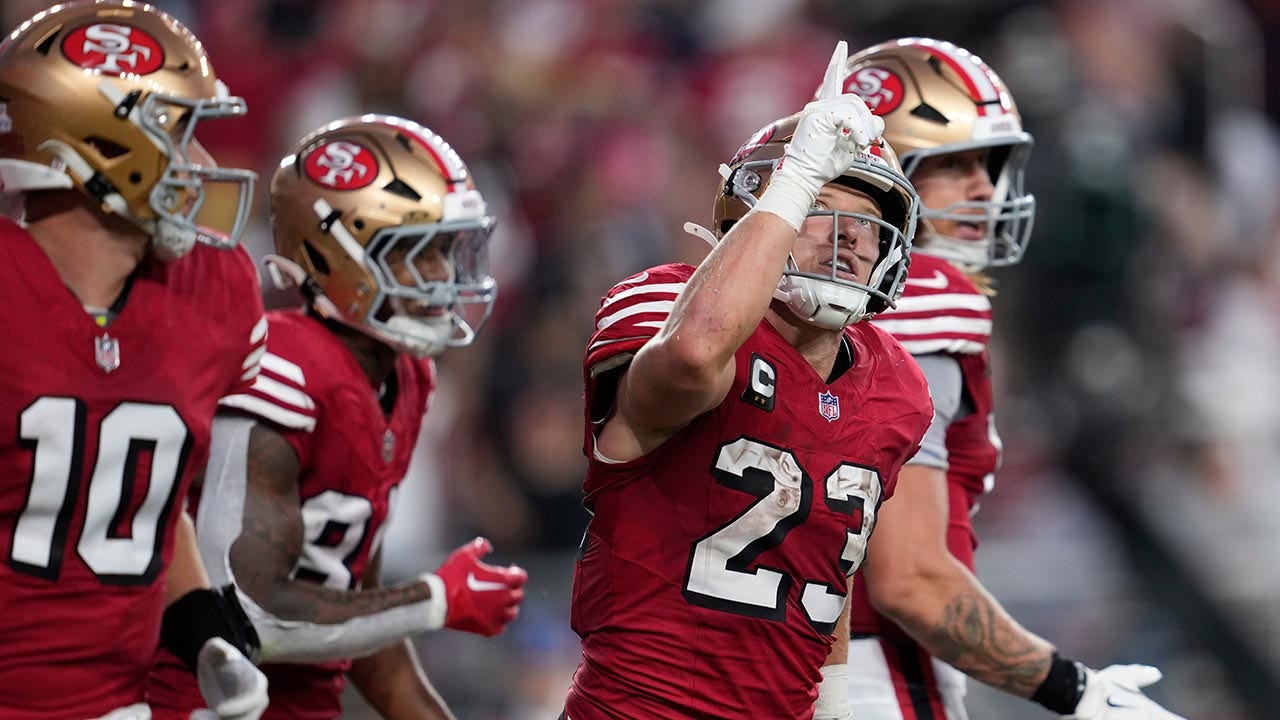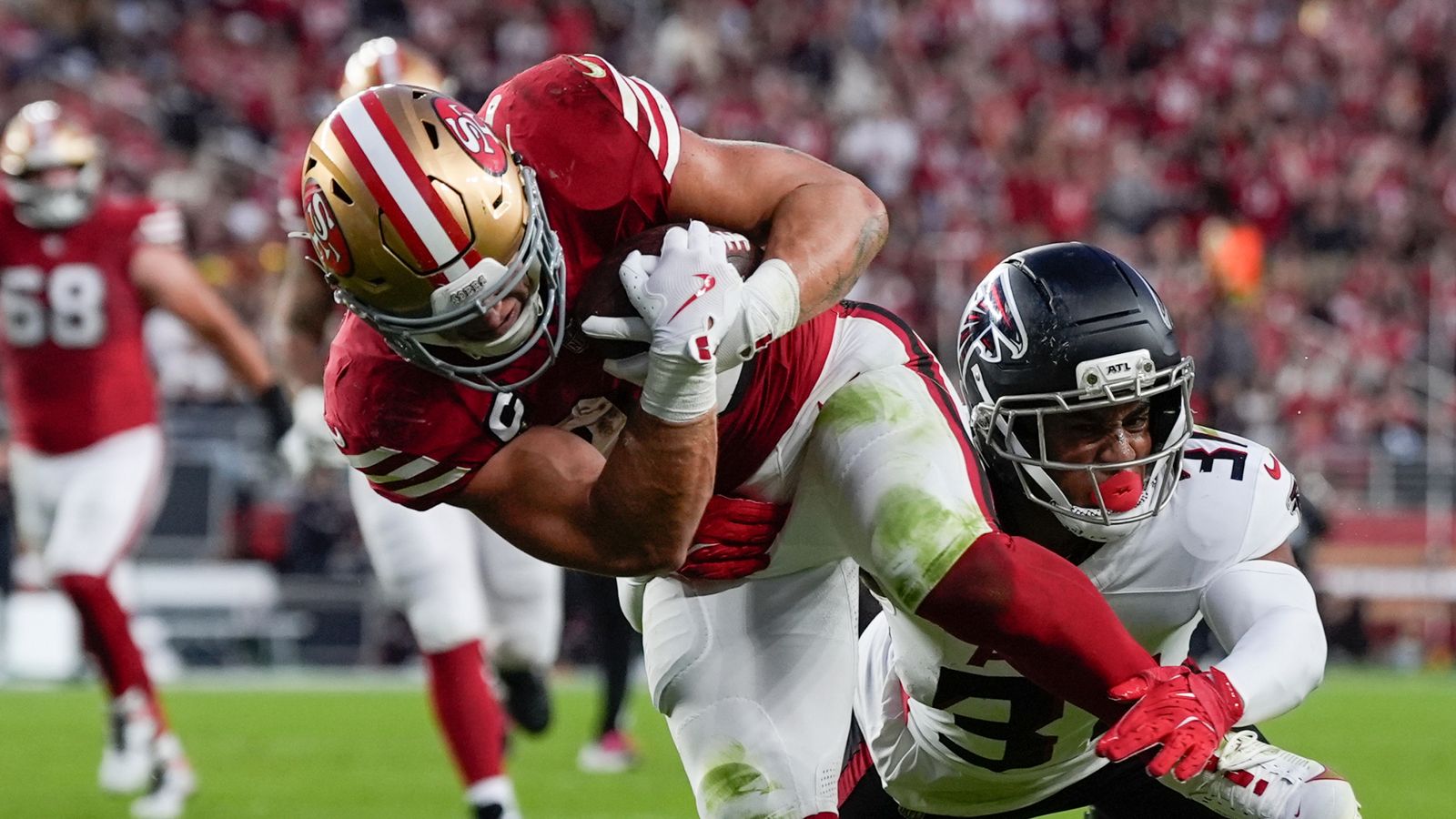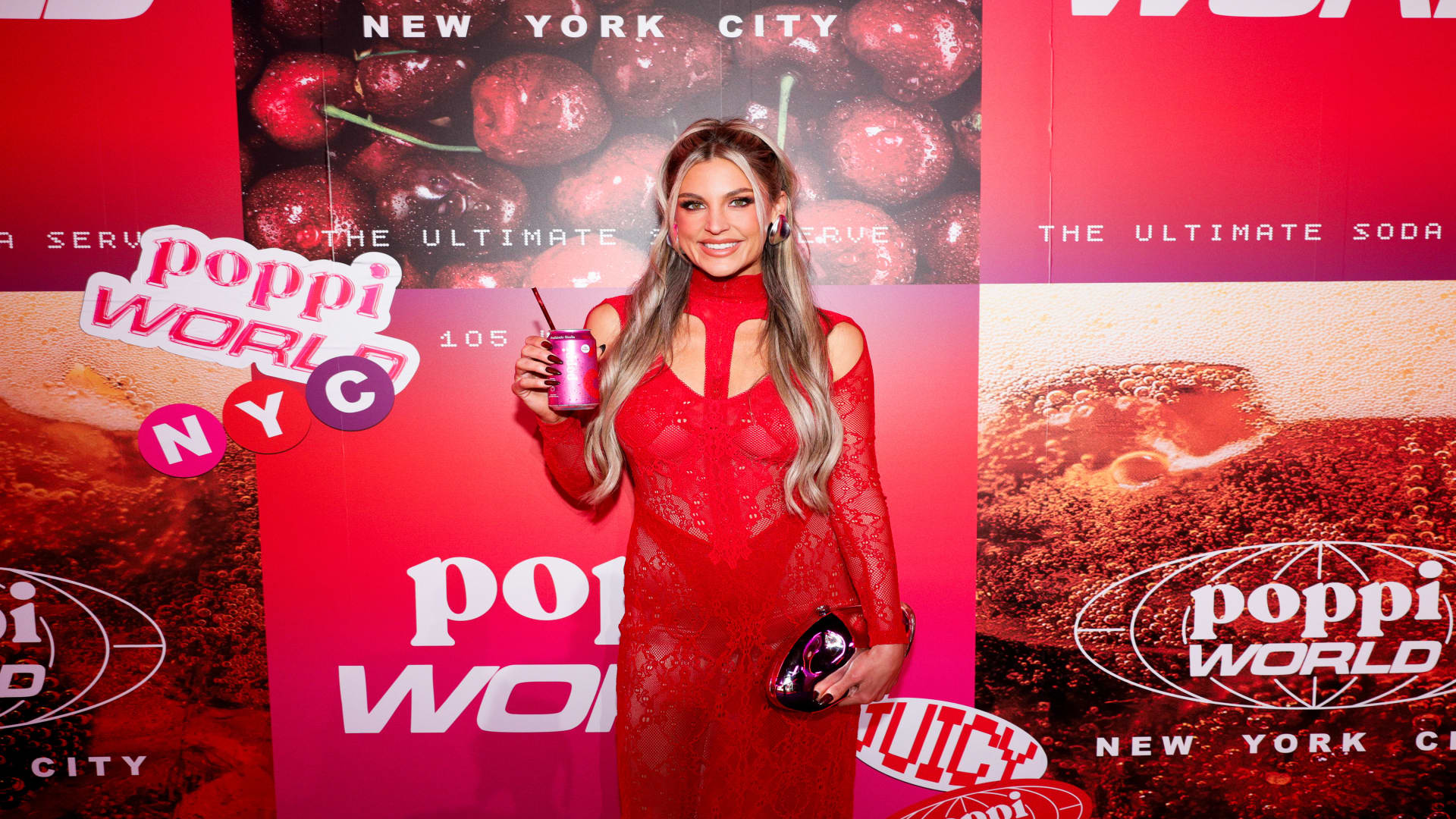Nobody is going to be able to say Rob Manfred didn’t provide the details of the bad ideas he’s planning.
The man who is all but rubbing his hands together while promising a lockout following the expiration of the collective bargaining agreement has also declared he wants to figure out the locales of the next two expansion teams by the time his contract expires in 2029.
Let’s forget, for a moment, that Manfred would be drummed out of any freshman-level logic class at your local university. How can the leader of a group of billionaires crying poverty also want to expand their business? That doesn’t make any sense!
Anyway, can’t we just have one bad idea without the other? And if so, can we make it the lockout, so that we don’t have to see just how slim the pickings become for pitching in a 32-team league?
Anyone who has followed baseball since the days when there were just 26 teams realizes the addition of the Marlins, Rockies, (Devil) Rays and Diamondbacks in the 1990s stretched the pool of qualified big league pitchers — an endangered species even in the pre-expansion times — dangerously thin.
But the shallowness of the pool was more apparent than ever Friday night, when every team should have possessed something resembling a refueled and refreshed staff following the four-day All-Star break.
Instead, we received coast-to-coast reminders of the wear and tear among starters and relievers.
The Yankees and Angels each used an opener. Mets starter Sean Manaea gave up one run over four innings — and was followed by mop-up men Alex Carrillo and Brandon Waddell, who covered the final 15 outs in what turned out to be an 8–4 loss. Giants starter Justin Verlander lasted 2 2/3 innings, which marked just the ninth time he’s failed to complete at least three innings in 542 career starts.
There were suitable explanations for every shortened start and rough relief outing. Yankees rookie Cam Schlittler, who was slated to make his second career start Friday, came down with a sore arm during the All-Star break. The Mets are being cautious with Manaea, who missed the first three and a half months with oblique and elbow injuries, and needed to save their bullpen because most of the remainder of their rotation has workload issues. Verlander is 42 and showing the effects of more than 3,800 professional innings. The Angels are the Angels.
But the warning signs about pitching depth are still omnipresent, even if you wanted to consider the aforementioned examples outliers. Overall, teams used an average of 4.3 pitchers per game Friday night. Ten teams used at least five pitchers.
These trends, of course, are nothing new. The average start, through Friday, was 5.23 innings, down from 5.81 innings 10 years ago and 6.2 innings in 1992, the last season before the addition of the Marlins and Rockies.
Seven hundred sixty pitchers appeared in at least one game through Friday — already the seventh-highest single-season total of all time, behind only the last six non-pandemic seasons. A mere 441 pitchers appeared in the bigs in 1992 — a whopping 42 percent fewer than this year’s figure.
What happens if two more teams need to find several dozen more pitchers to cover innings come the early 2030s? The only way expansion to 32 teams might work would be to reduce games to seven innings.
Oh dear, let’s not give Manfred another bad idea.









